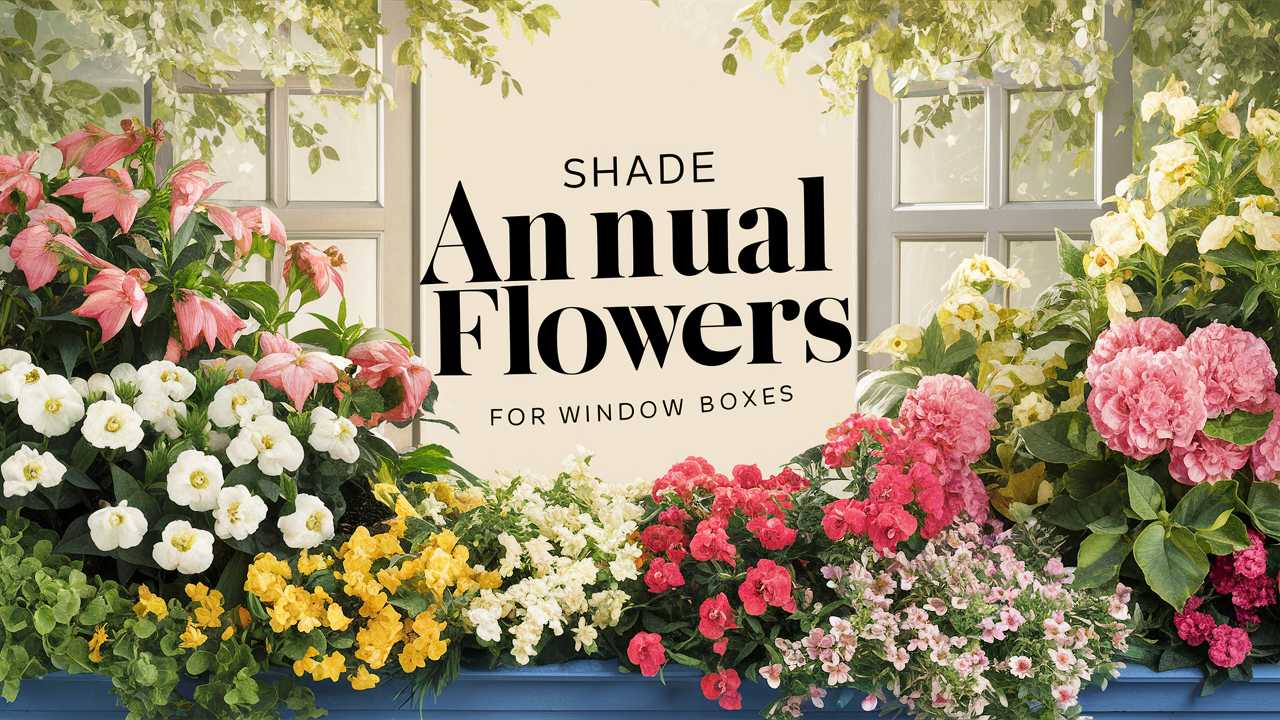In this post, we will explore various annual flowers that thrive in shade and are perfect for window boxes. Each flower brings its unique charm, colors, and textures to create an inviting environment.
Impatiens
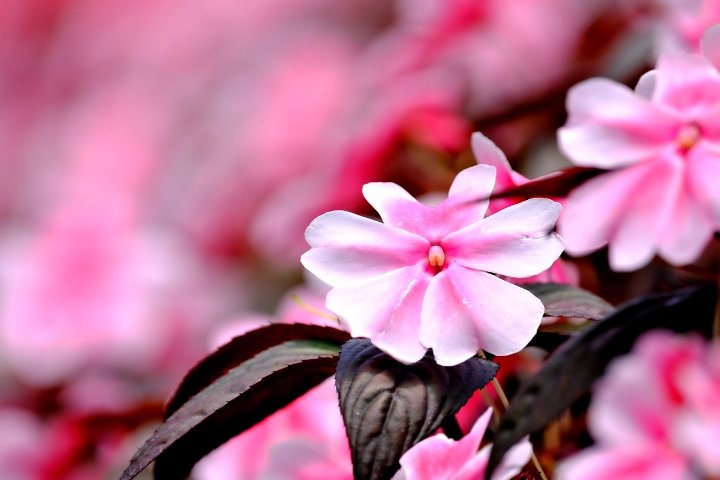
Impatience are among the most popular choices for shaded window boxes. These versatile beauties bloom profusely in a variety of colors—ranging from vibrant pinks and reds to softer pastels and whites. They thrive in areas with dappled sunlight or deep shade, making them ideal for window boxes that receive limited direct sunlight.
Incorporating impatiens into your design is quite simple. They can be planted closely together to create a lush, colorful mound or intermingled with other foliage plants for added texture. With their delicate petals and bushy growth, they provide a stunning show throughout the summer. Regular watering is essential as they prefer moist soil, and deadheading spent blooms encourages further flowering.
Begonias

Begonias are another fantastic option for those tricky shady spots. Known for their waxy leaves and brilliant blooms, these adaptable plants come in various species, such as tuberous and fibrous rooted varieties. The fibrous begonias have a more compact habit, making them an excellent choice for smaller window boxes.
Begonias showcase a variety of colors, including bright yellows, pinks, and deep reds, all providing a cheerfulness that brightens even the shadiest corners. They thrive in rich, well-drained soil and benefit from regular feeding during the growing season. Additionally, their lush foliage can add interest to your window box even when the flowers are not in bloom.
Forget-Me-Nots
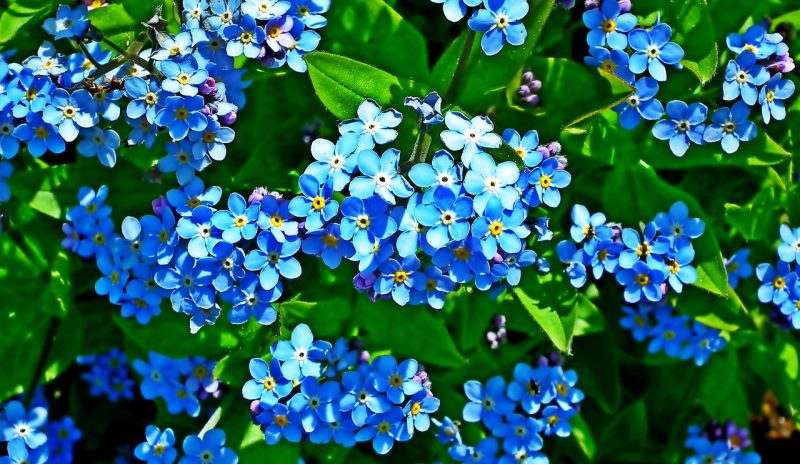
Forget-me-nots bring a charming touch of nostalgia and delicacy to your window boxes. These small, dreamy flowers—often brilliant blue with yellow centers—thrive in partial to full shade and often bloom in early spring. Their ethereal nature complements a wide variety of plants, making them excellent companions in a shaded box.
What’s more, forget-me-nots are self-seeding and can return year after year, adding a lovely perennial touch to your shade garden. Their humble presence can create a whimsical feel, especially when planted alongside taller perennials or ferns, enhancing visual intrigue.
Coleus
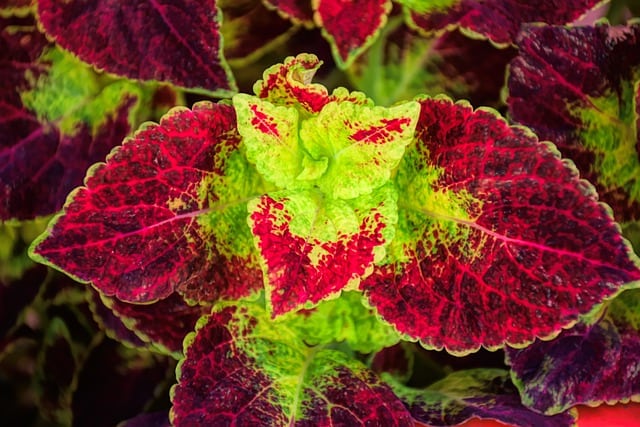
For those wanting a serious pop of color that doesn’t rely solely on flowers, coleus is the star of the shady window box. These plants are adored for their richly colored foliage in vibrant shades of red, purple, yellow, and green. Coleus thrives in partial to full shade, making them well-equipped for those tricky garden spots.
They are incredibly easy to grow, and their foliage provides drama and depth. Partnering coleus plants with shade-loving flowers can create a stunning interplay of textures and hues. Keep in mind that coleus may require trimming to maintain their shape, but their fast growth means you’ll see vibrant results in no time.
Petunias
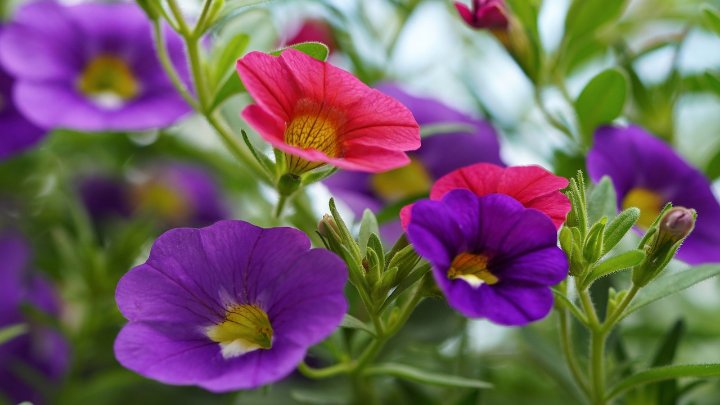
Petunias may often be associated with sunny gardens, but certain varieties can adapt and thrive in partial shade. They bloom profusely in an array of colors and can fill your window boxes with cheerful, trumpet-shaped flowers. Their cascading or upright forms make them incredibly versatile for any window box design.
When planting petunias, choose varieties labeled as ‘shade tolerant’ for the best results. Ensure they have good drainage and keep the soil consistently moist to encourage continuous blooms throughout the season. Mixing them with darker foliage plants can highlight their vibrant hues while making your window box stand out.
Fuchsia
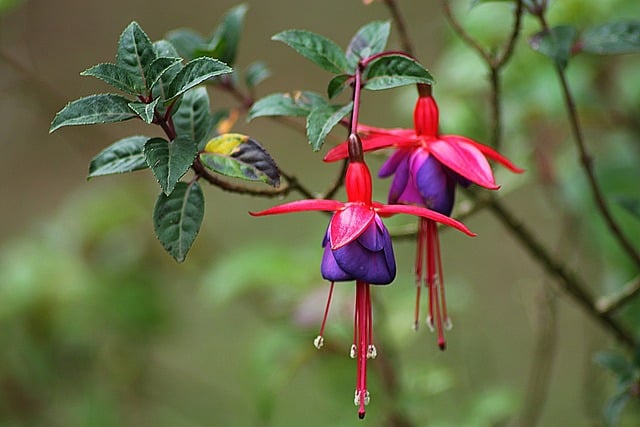
Fuchsia plants are a delightful choice for shaded window boxes, known for their dangling, teardrop-shaped flowers that sway gently in the breeze. These flowers are a visual treat—often seen in stunning combinations of pink, purple, and white. They thrive in partial to full shade and prefer cooler temperatures.
Fuchsias have a trailing growth habit, making them perfect for window boxes where they can hang over the edges, providing a beautiful cascading effect. Regular watering is necessary, especially in the height of summer, to keep them colorful and healthy. Combining fuchsias with other shade-lovers can create a visually striking and lush display.
Snapdragon
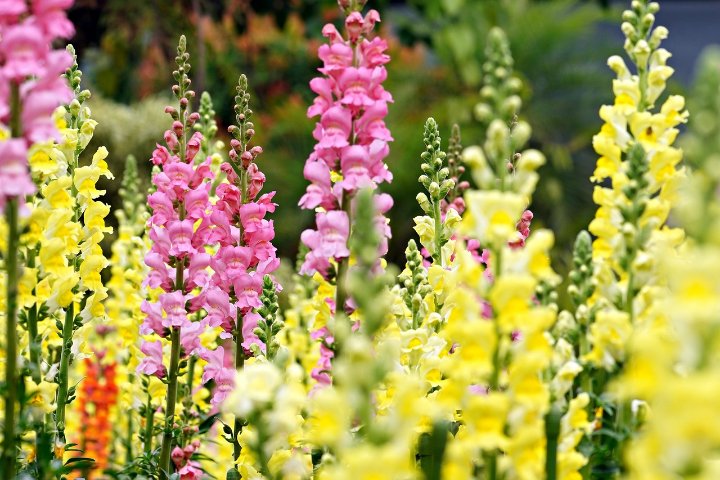
Snapdragons are a unique addition to shady window boxes, offering vertical growth and a variety of colors. While traditionally thought to prefer full sun, hybrids such as ‘Snapdragons’ can bloom wonderfully in partial shade as well. Their spiky blooms can add height and elegance to your box.
These flowers thrive when planted in well-drained soil and fertilized regularly. Pairing snapdragons with trailing plants can create dynamic displays that draw the eye upward, creating a magnificent balance between vertical blooms and cascading greens.
Verbena
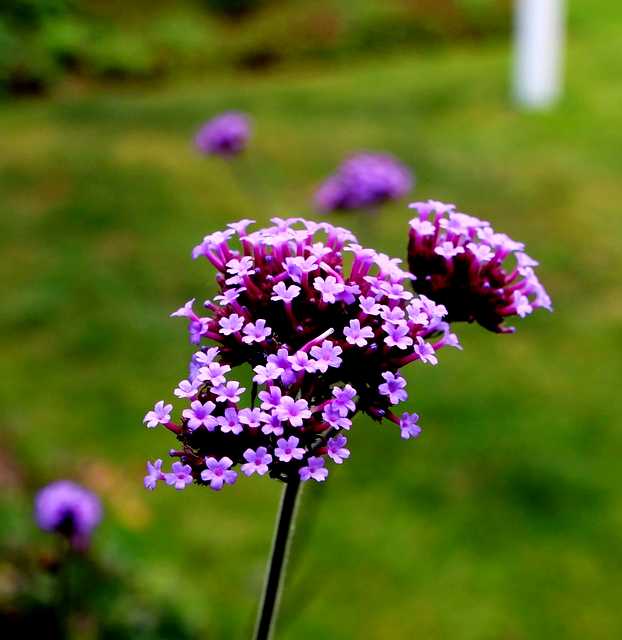
Verbena is a hardy annual that flourishes in containers, including window boxes, and tolerates a bit of shade. Known for their vibrant clusters of tiny flowers, they come in an array of colors, providing constant blooms from spring until frost. Their compact growth habit means they can fit snugly in your box without overwhelming the space.
These resilient plants can tolerate occasional dry spells but thrive with consistent watering. Mix verbena with other shade plants for stunning contrasts that increase the depth and diversity of your display. The continuous blooms of verbena will keep your window boxes looking fresh and inviting.
Torenia
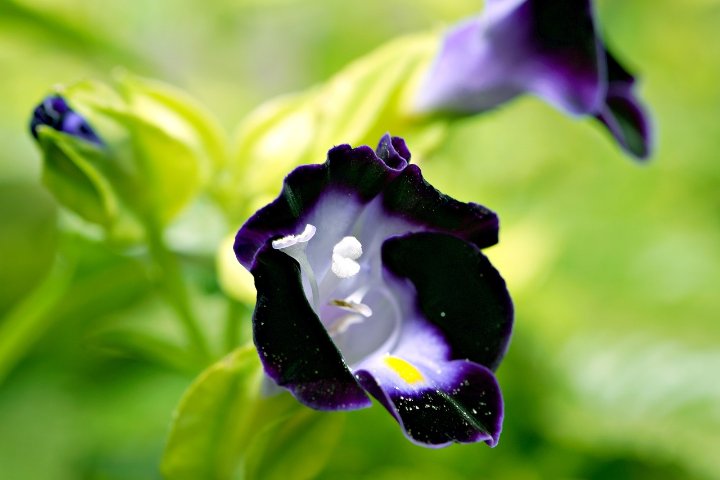
Torenia, sometimes referred to as wishbone flower, is an exceptional choice for shady window boxes. This unique plant features lovely, tubular flowers that bloom in shades of purple, blue, and white, making it a perfect complement to traditional shade plants. Torenia prefers partial shade and will perform beautifully in humid conditions.
Planting torenia in your window box brings an air of fairy-tale charm. They are ideal for creating a soft, cascading effect alongside other trailing plants, adding texture to your arrangement. Their long flowering period will reward your efforts consistently throughout the growing season.
Browallia
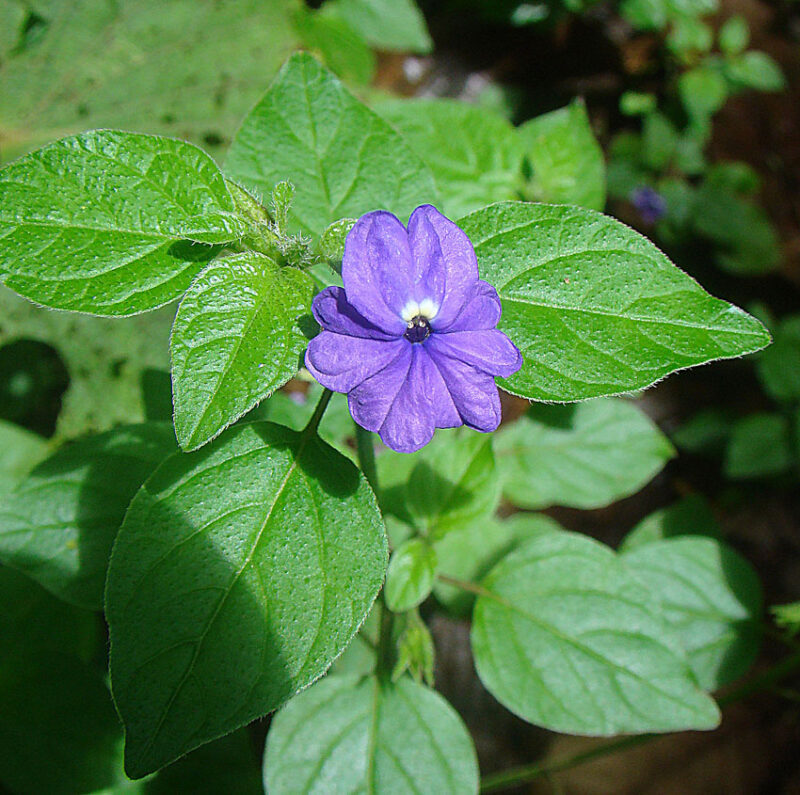
A lesser-known yet delightful addition to the shade garden is Browallia. These low-growing plants boast star-shaped flowers in hues of blue and violet and thrive in shaded areas. Browallia not only offers bright blooms but also can serve as a stunning ground cover in window boxes.
Ensure they have well-draining, consistently moist soil and allow them to bask in the coolness of shade while they thrive. Their compact growth means they can be placed in front of taller plants to create layers and interest in your window box.
Lobelia
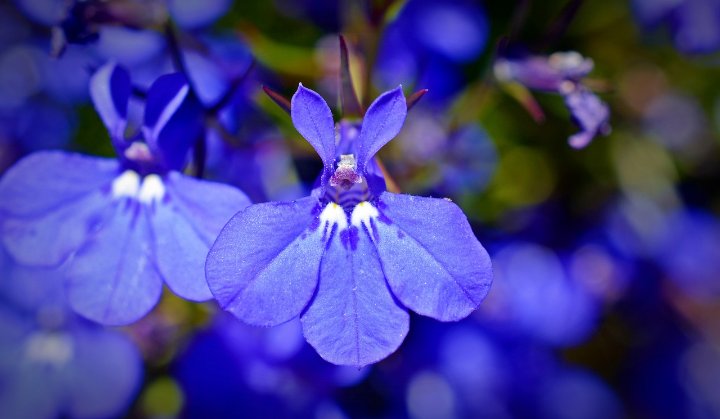
Lobelia is another captivating option for shading your window boxes. With delicate trailing blossoms that come in shades of blue, purple, and white, these plants add a gentle beauty to any arrangement. They thrive in cool, moist environments and can flourish in partial shade, making them perfect companions alongside other annuals.
Their cascading habits make lobelia perfect for spilling over the edges of your box. Regular watering is paramount, especially during hotter months, to keep them flourishing and colorful. Their long bloom time allows them to shine from late spring until frost.
Scarlet Sage
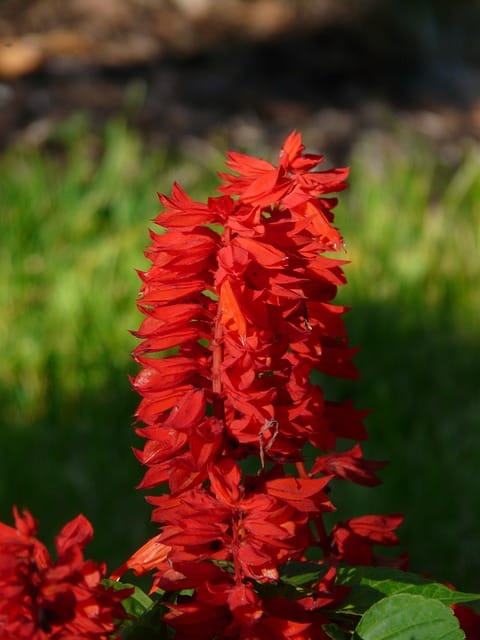
Scarlet sage is a vibrant addition to shady window boxes, known for its striking red and fiery orange blooms. These flowering plants thrive in partial shade, producing upright spikes of color that attract hummingbirds and butterflies. Their brightness is offset beautifully by darker foliage, creating rich visual contrasts.
These hardy plants prefer well-drained soil and regular watering to keep them looking their best throughout the summer months. Placed at the back of a window box, scarlet sage can provide height, while other trailing and sprawling plants can fill in the areas below for an abundant, colorful display.
Bacopa
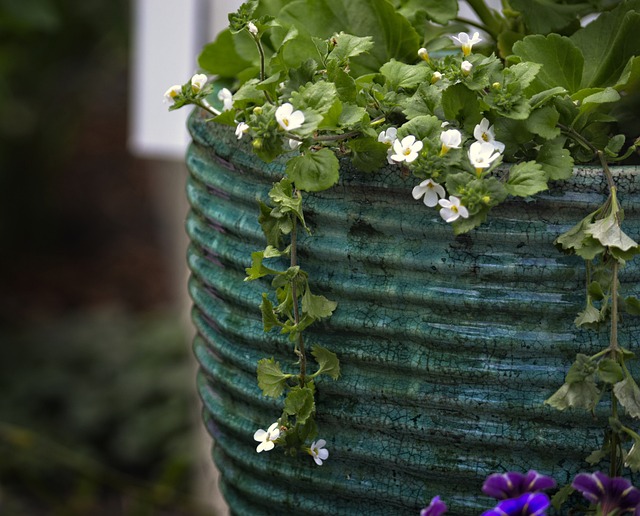
Bacopa brings a charming subtlety to shaded window boxes with its delicate white, blue, or pink flowers. Known for its sprawling growth habit, bacopa can drape over the edges of your window box beautifully, creating a lush, whimsical look. This perennial thrives in moist, well-drained soil, doing exceptionally well in part shade.
Regular watering is essential for bacopa to produce its abundance of blooms. Their long-lasting flowering period makes them ideal for creating persistent beauty. These charming plants mix well with other flowering annuals, producing a delightful ensemble of colors and textures in your shaded boxes.
Nasturtium
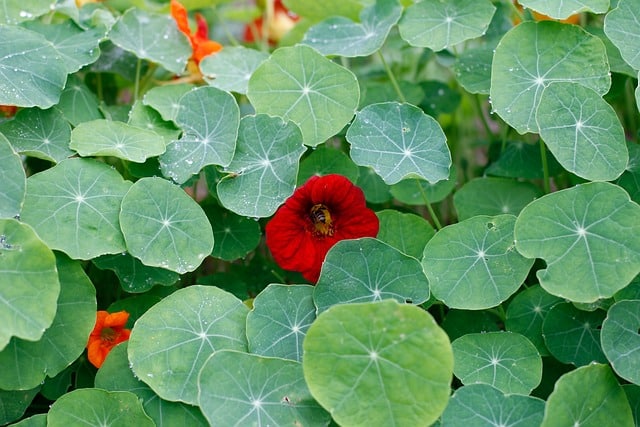
While most often associated with full sun, certain nasturtium varieties can tolerate some shade. With their vibrant, edible blooms and circular leaves, nasturtiums add both beauty and functionality to your window boxes. They thrive in poor-to-moderate soil, which makes them low-maintenance and perfect for gardeners looking for resilient options.
Encouraging nasturtiums to trail over the edges of your box creates a stunning effect filled with bright oranges, yellows, and reds. With their unique coloration and rapid growth, they are a breathtaking addition to any floral combination while providing the additional benefit of being approachable to various pollinators.


